How UX/UI Design Can Help Your Brand
0

How UX/UI Design Can Help Your Brand
When researching the process of building a new website or mobile application, you may have come across the term UX/UI or UX/UI designer. But what does this mean exactly? And how can this greatly improve your brand as a whole? Don’t fret, we’ve got you covered.
What is UX/UI Design?
UX, or user experience, is the process of improving a user’s experience and level of satisfaction with a product or service by improving functionality and ease convenience. UI, or user interface design, is the complement to UX. This relates to the user interface design, ie. the inviting design or consistent branding across all pages that the user will see. As a whole, UX/UI design is an approach that focuses more so on human-centered design to create purposeful functionality. Still confused? Here’s an easier way to think of it. As quoted by UX/UI expert and designer, Helga Moreno, “Something that looks great but is difficult to use is exemplary of great UI and poor UX. While Something very usable that looks terrible is exemplary of great UX and poor UI.”

Why is UX/UI design so important?
UX design comes into play the moment your customer interacts with your brand’s website. The design and layout of your customer experience will influence how your targeted customers perceive you and will ultimately influence whether or not they will make a purchase or hire you for your services. This is also your time to shine and stand out from your competition. One of the actions that Google measures for SEO purposes is time spent on website. If google sees that many people who visit your website spend on average 2 or more minutes on your website, Google assumes that you are a good source of information and should appear higher up on search result pages. In addition to time on website, Google also takes into account if visitors to your website navigated over to multiple pages on your website. This type of engagement also gives you better credibility with Google and will get you higher up on result pages, which means more clicks to your website. How can you get your website visitors to spend more time on your site and check out multiple pages? This is where UX comes into play with interactive functionality and ease of navigation throughout your website.
What to Consider When Building Your Website
There are several factors to consider when laying out a plan for UX/UI design that are sure to result in a positive experience for your web visitors and potential customers.


1. Visual Design
This is essentially your first impression for customers. Having an eye catching design for your website will definitely hold the attention of your potential customers. Who doesn’t love a business with great branding? Customers sometimes make purchasing decisions based on branding alone. We know the old saying “Don’t judge a book by it’s cover”, but sometimes we just can’t help it.

2. Taxonomy
Taxonomy refers to the way you choose to classify and categorize information on your website. Structure of navigation, and categories on drop down menus play a huge role here. During this stage, it is best to put yourself in the shoes of the customer/visitor. What do you want them to see first, how do you want them to navigate through your website and how do you want to let them know how to navigate back if they need to. All of this creates a much better experience for the user.
3. Interaction
Remember those silly ads that would require you to spin a wheel to reveal your prize or play a quick game of virtual darts to unveil a discount code? We may have wised up to these ridiculous click bait tactics, but our urge to interact with web pages hasn’t really gone away altogether. Web visitors love interacting with widgets, quizzes/forms, and VR functions on websites. One of our favorite examples of this is the quiz you are prompted to take when visiting Care/Of’s vitamin website. Try it out here.
Your interactive features don’t need to be as complex to hold your audience’s attention. Simple widgets that add accordion style stacking to hide and reveal text or countdown features for limited time sales are just a few of the simple yet fun ways to add to your audience’s experience.
4. Usability
Usability is very important when planning the layout of your website. If your audience can’t easily find what it is that they’re looking for, they’re likely to leave your site within seconds of landing on your site. This in turn increases your bounce rate which, essentially, tells Google that your website isn’t a great source of information since so many people tend to leave immediately.
5. Accessibility
Accessibility in this sense refers to a wide variety of web visitors being able to use your website regardless of disability. There are many ways to make your website more accessible, such as utilizing alternative text for images or including transcripts for audio files.
6. Compliance
With the EU releasing new privacy rules for users, it’s important for your website to have a term of service and privacy policy page to disclose how any data being collected will or won’t be utilized by your company and how your company plans on keeping this information safe. It is always best to consult with a professional when it comes to proper compliance.

Ready to work on your website?
Interested in getting started on your website or looking to make some improvements? We can help! Drop us a line at hello@wearebrandcollective.com or give us a ring at 305-442-9196. We’d love to chat with you about your exciting project and offer some guidance on how to get started. You can also fill out our automated form here.
We were featured on Design Rush under Real Estate Website Designers. Check us out today!

